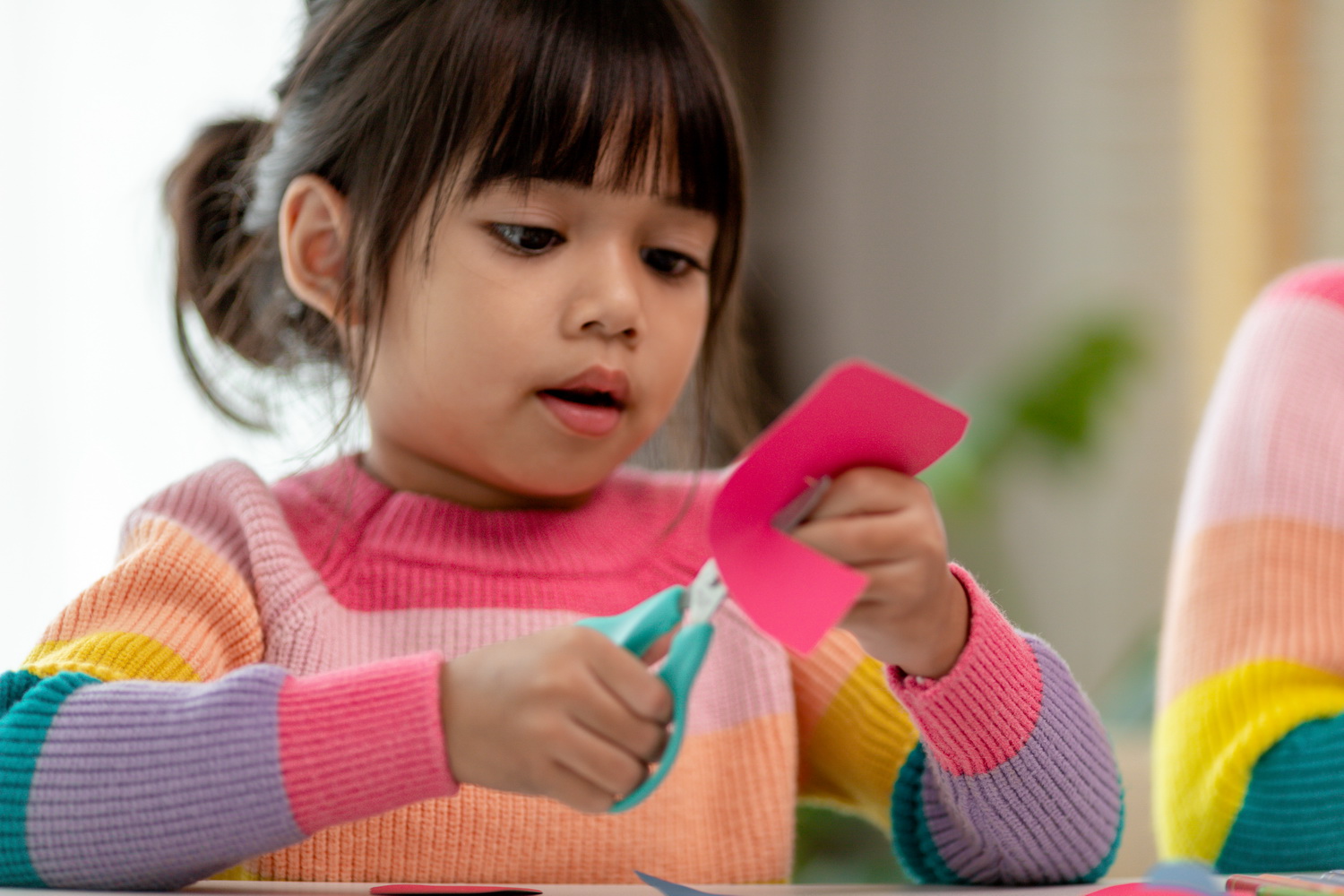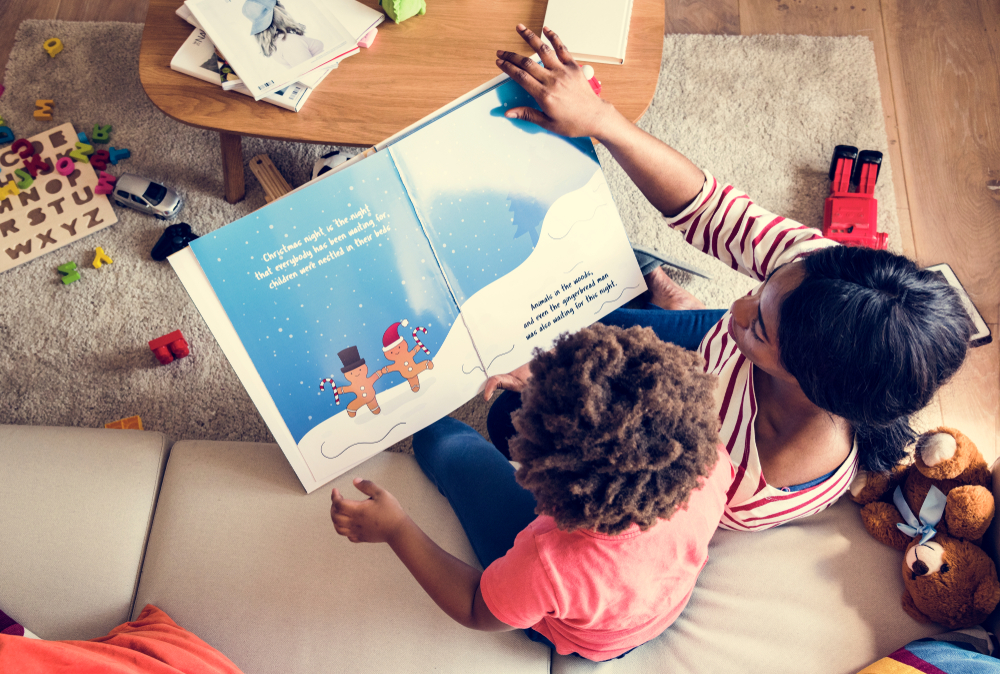Understanding context Normal Reading Worksheets for Ages 6-8
6 filtered results
-
From - To
Explore our "Understanding Context Normal Reading Worksheets" designed for children ages 6-8! These engaging resources help young learners develop essential reading skills by focusing on context clues. Each worksheet encourages kids to decipher meaning through the surrounding words and phrases, enhancing their comprehension abilities. By practicing with relatable, age-appropriate texts, students gain confidence in their reading, enabling them to make connections between words and their meanings. Perfect for classrooms or at-home learning, these worksheets are a fun way to improve literacy skills. Foster a love for reading while aiding your child's development with our thoughtfully crafted activities!
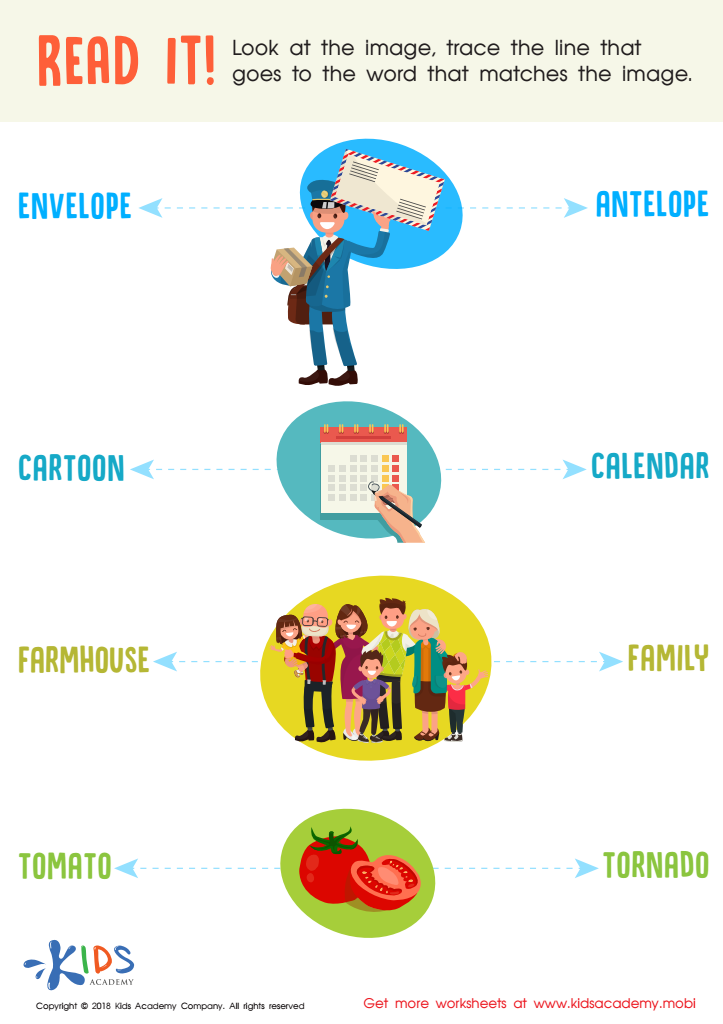

Read It! Worksheet
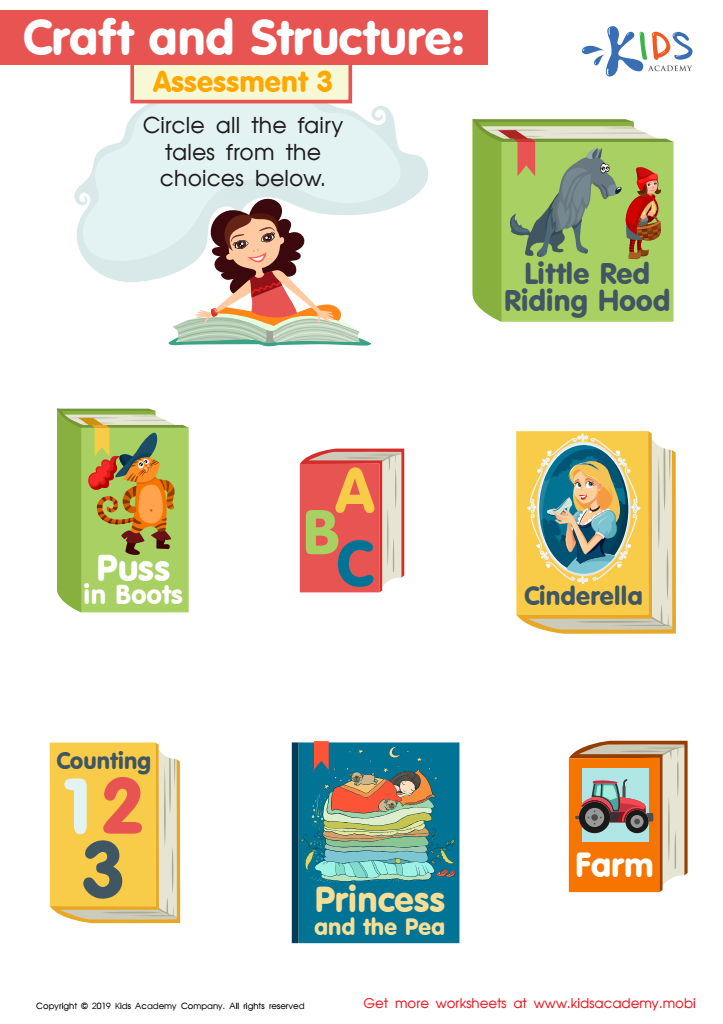

Craft and Structure: Assessment 3 Worksheet
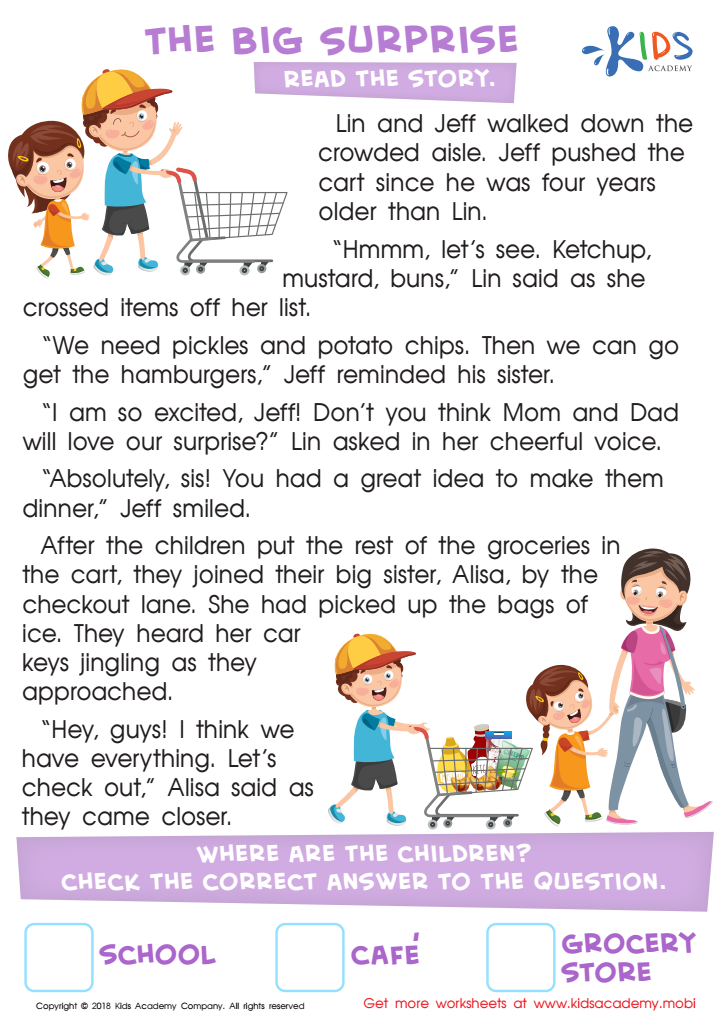

The Big Surprise Worksheet
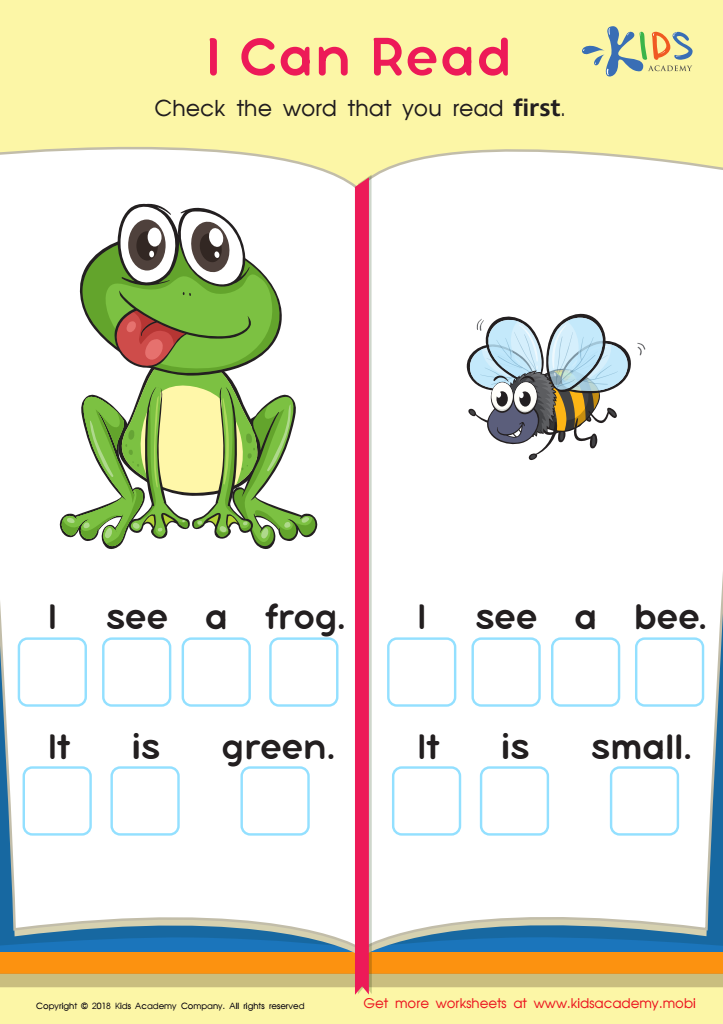

I Can Read Worksheet
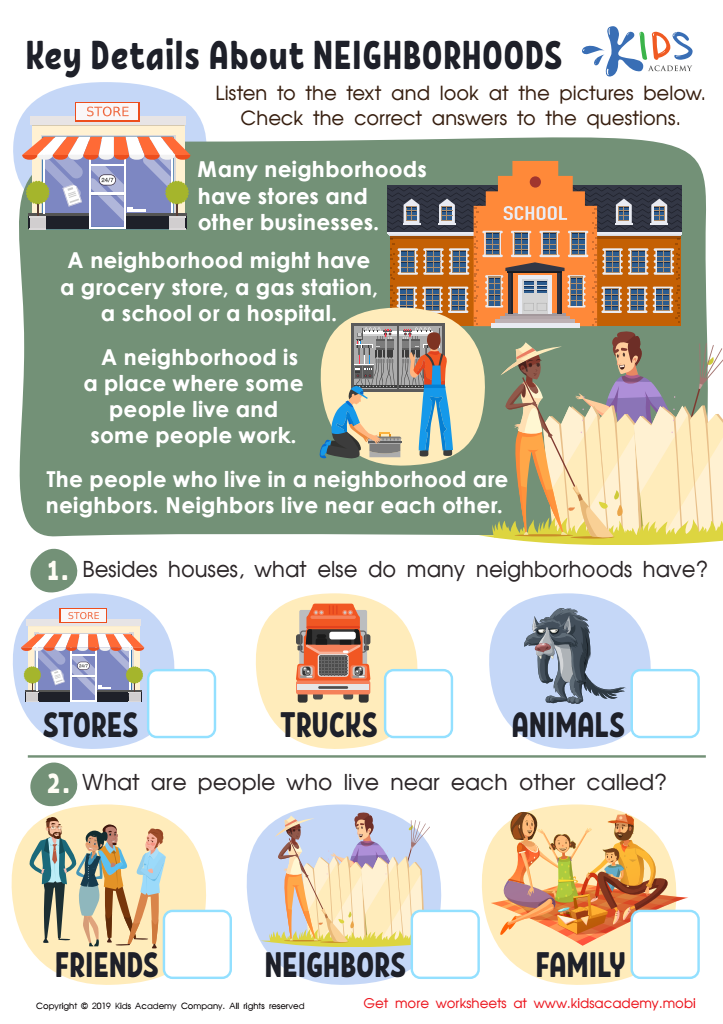

Key Details Neighborhoods Worksheet
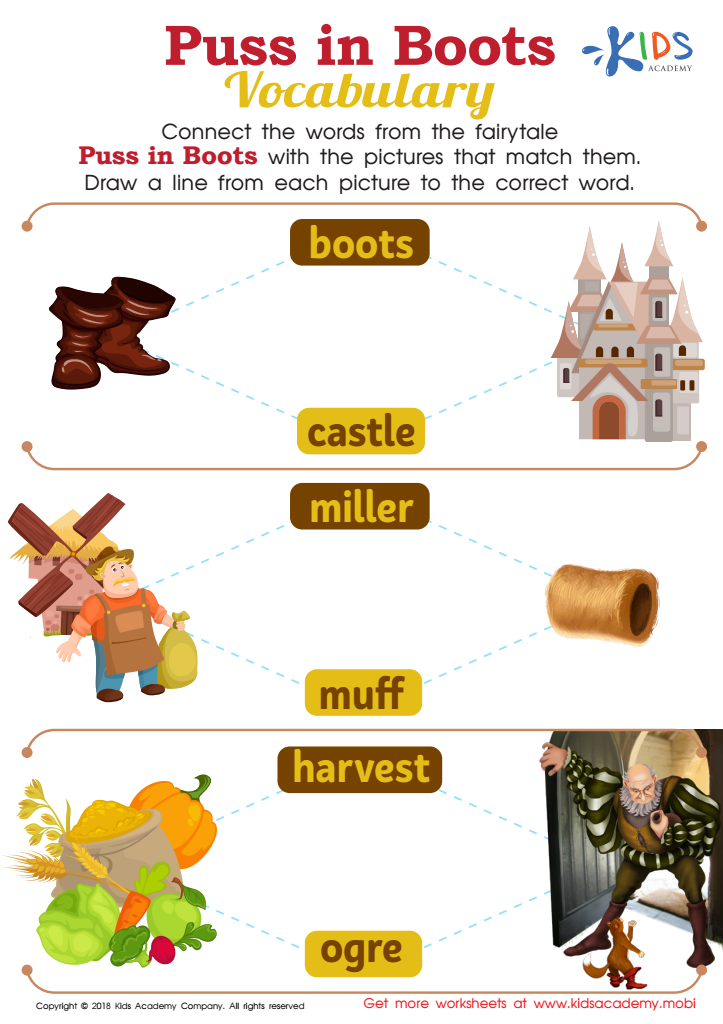

Puss in Boots Vocabulary Worksheet
Understanding context is essential for developing literacy skills in children aged 6-8. At this stage, children begin to move beyond basic decoding of words to comprehending meaning, which is crucial for their reading development. Context helps children make sense of text by providing clues about the setting, characters, and events, allowing them to engage more deeply with the material.
Parents and teachers should care about context in reading because it enhances comprehension. When children understand the context of a story, they can visualize events, infer emotions, and grasp underlying themes. This not only makes reading more enjoyable but also facilitates critical thinking skills, which are vital in later educational endeavors.
Moreover, contextual understanding supports the development of vocabulary. Children learn new words more effectively when they see them used in rich, meaningful scenarios. Encouraging discussions about context, asking open-ended questions, and connecting stories to personal experiences foster an environment where literacy blossoms.
Involving parents in this process can extend learning beyond the classroom, encouraging shared reading experiences that enrich understanding and strengthen bonds. Ultimately, an emphasis on understanding context lays a strong foundation for lifelong reading habits, critical analysis, and overall academic success.
 Assign to My Students
Assign to My Students








